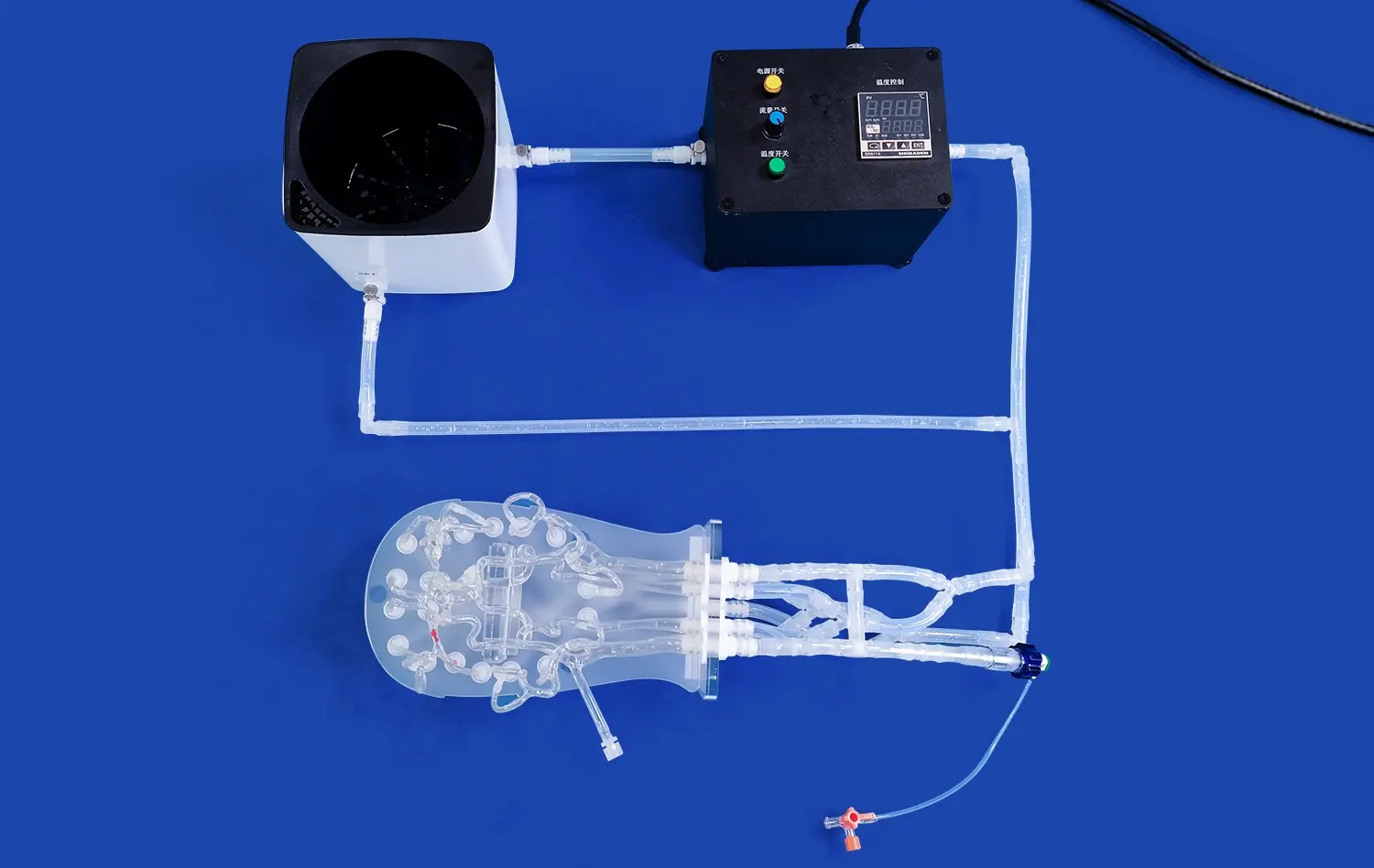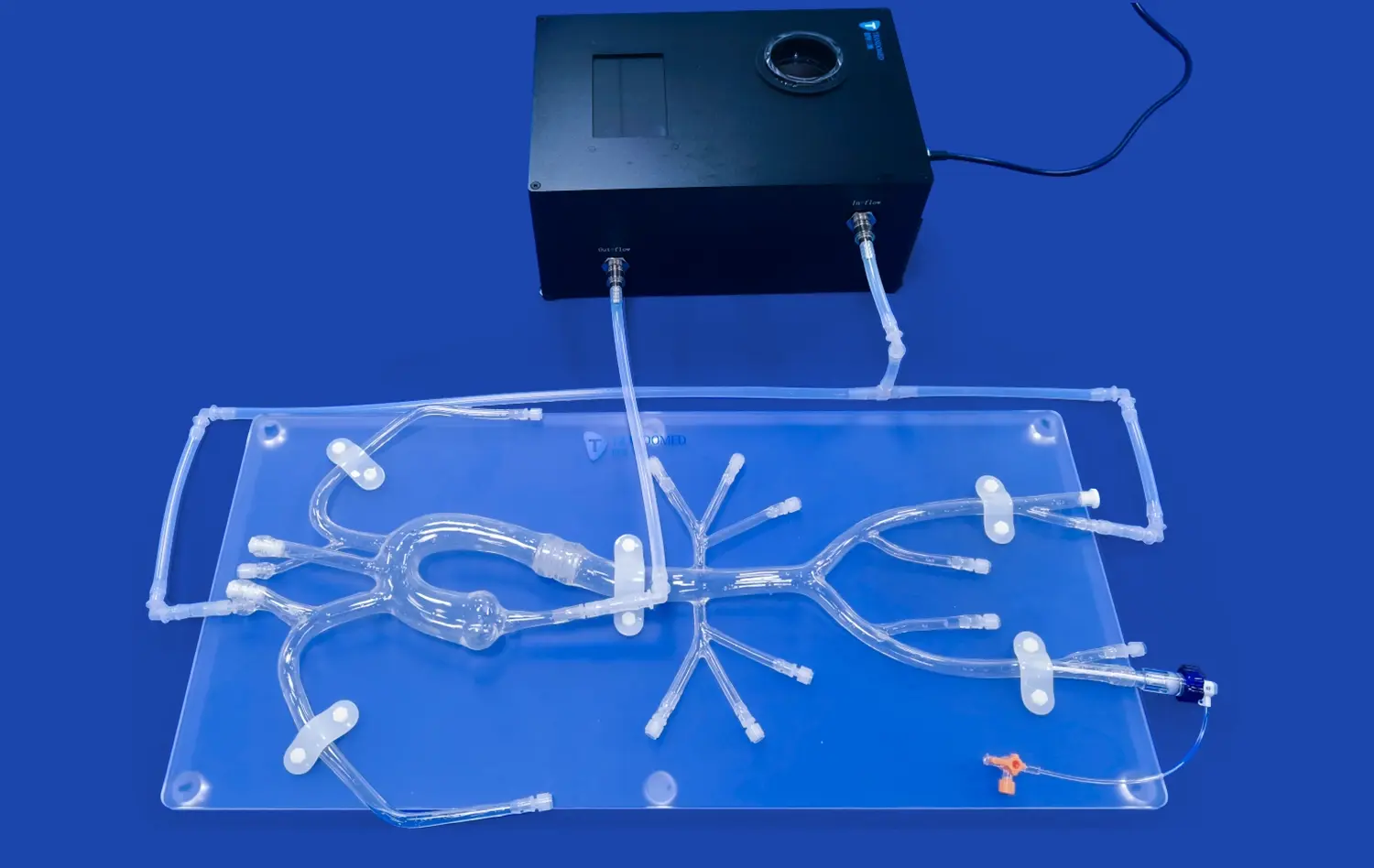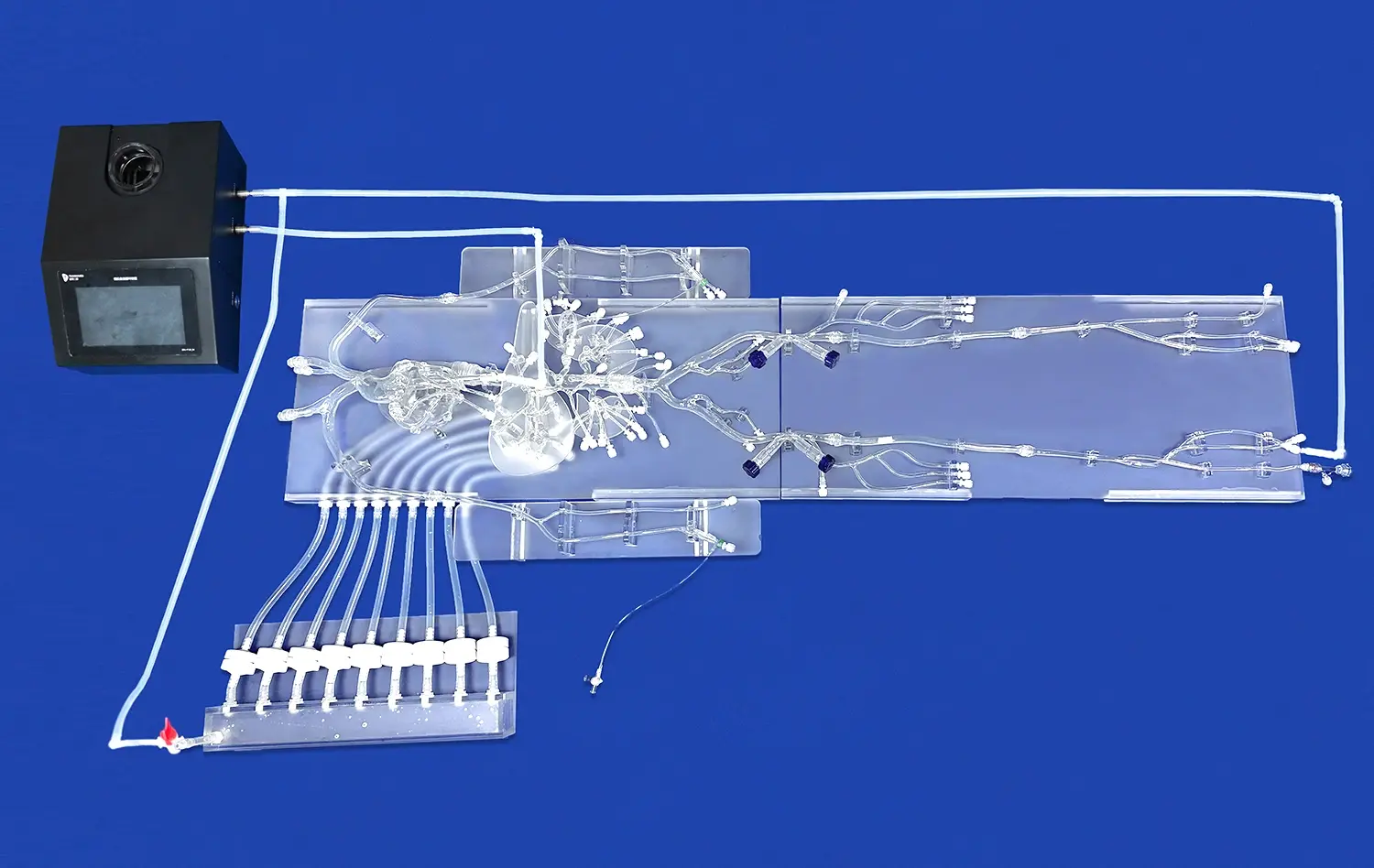From Atherosclerosis to Aneurysms: Exploring Clinical Applications of the Full Body Artery Model
2025-07-02 09:00:00
The full body artery model has revolutionized medical education and research, offering unprecedented insights into cardiovascular diseases. This innovative tool enables healthcare professionals to visualize and study complex arterial conditions, from atherosclerosis to aneurysms, in a comprehensive and realistic manner. By providing a three-dimensional representation of the entire arterial system, these models facilitate a deeper understanding of disease progression, risk assessment, and treatment planning. The clinical applications of full body artery models span across various specialties, including cardiology, vascular surgery, and interventional radiology, enhancing diagnostic accuracy and improving patient outcomes through personalized treatment strategies.
Recreating Atherosclerotic Plaque Progression
Atherosclerosis, a leading cause of cardiovascular disease, involves the buildup of plaque in arterial walls. Full body artery models offer a unique opportunity to study this complex process in detail, providing valuable insights for both medical education and research.
Visualizing Plaque Formation and Growth
The full body arterial system model allows researchers and clinicians to observe the gradual accumulation of plaque in various arterial locations. By incorporating different stages of plaque development, these models illustrate how atherosclerotic lesions progress over time. This visual representation helps medical students and healthcare professionals better understand the pathophysiology of atherosclerosis, including the role of inflammation, lipid accumulation, and arterial wall remodeling.
Moreover, these models can be customized to showcase specific risk factors and their impact on plaque formation. For instance, they can demonstrate how hypertension, diabetes, or smoking might accelerate the atherosclerotic process in different arterial segments. This level of detail enhances the educational value of the models and supports more comprehensive patient education initiatives.
Assessing Plaque Vulnerability and Rupture Risk
One of the most critical aspects of atherosclerosis management is identifying vulnerable plaques that are prone to rupture. Full body artery models can be designed to incorporate various plaque compositions, including lipid-rich cores, thin fibrous caps, and calcifications. This allows clinicians to practice assessing plaque stability and predicting potential rupture sites.
By simulating different plaque characteristics, these models provide a platform for developing and refining imaging techniques aimed at detecting vulnerable plaques. Researchers can use these models to test and improve various imaging modalities, such as intravascular ultrasound (IVUS) or optical coherence tomography (OCT), enhancing their ability to identify high-risk lesions in clinical practice.
Simulating Aneurysm Growth and Rupture Risks
Aneurysms, abnormal dilatations of blood vessels, pose significant health risks due to their potential for rupture. Full body artery models offer invaluable tools for studying aneurysm formation, growth patterns, and rupture mechanisms, contributing to improved risk assessment and treatment planning.
Modeling Aneurysm Formation and Expansion
Full body arterial system models can be designed to showcase various types of aneurysms, including abdominal aortic aneurysms (AAAs), cerebral aneurysms, and peripheral artery aneurysms. These models allow researchers to study the biomechanical factors contributing to aneurysm formation and expansion, such as hemodynamic stress and arterial wall weakening.
By incorporating different stages of aneurysm growth, these models provide a comprehensive view of disease progression. This visual representation helps clinicians better understand the natural history of aneurysms and the factors influencing their growth rate. Such insights are crucial for developing more accurate risk prediction models and determining optimal intervention timing.
Evaluating Rupture Risk and Intervention Thresholds
One of the most challenging aspects of aneurysm management is accurately assessing rupture risk. Full body artery models can be customized to represent various aneurysm shapes, sizes, and wall characteristics, allowing clinicians to practice risk stratification. These models can incorporate features such as intraluminal thrombus, wall calcifications, and areas of focal wall weakness, providing a realistic representation of complex aneurysm morphologies.
Researchers can use these models to investigate the relationship between aneurysm geometry and rupture risk, helping refine current intervention guidelines. By simulating different hemodynamic conditions and wall stress distributions, these models contribute to the development of more sophisticated risk assessment tools, potentially improving patient selection for surgical or endovascular interventions.
Optimizing Treatment Strategies through Realistic Vascular Simulations
The full body artery model serves as an invaluable tool for optimizing treatment strategies across various cardiovascular conditions. By providing a realistic simulation platform, these models enable healthcare professionals to refine their techniques and explore innovative approaches to vascular interventions.
Enhancing Endovascular Procedure Planning
Endovascular procedures have revolutionized the treatment of many vascular conditions, offering minimally invasive alternatives to open surgery. Full body arterial system models play a crucial role in procedure planning and optimization. These models can be customized to represent patient-specific anatomy, allowing interventionalists to practice complex procedures in a risk-free environment.
For instance, in the case of aortic aneurysm repair, clinicians can use these models to determine the optimal stent graft size and configuration. By simulating the deployment process, they can anticipate potential complications such as endoleaks or graft migration. This level of pre-procedural planning contributes to improved procedural success rates and reduced complication risks.
Developing Novel Treatment Approaches
Full body artery models serve as an ideal platform for developing and testing novel treatment approaches. Researchers can use these models to explore new endovascular devices, drug-eluting technologies, or minimally invasive surgical techniques. The ability to simulate various pathological conditions allows for rapid prototyping and iterative design improvements.
Moreover, these models facilitate the exploration of combination therapies. For example, in the context of atherosclerosis, researchers can investigate the synergistic effects of mechanical plaque removal techniques with local drug delivery systems. Such investigations contribute to the development of more effective and personalized treatment strategies, potentially improving long-term outcomes for patients with complex vascular diseases.
Conclusion
The full body artery model represents a significant advancement in cardiovascular research and medical education. By providing a comprehensive and realistic representation of the arterial system, these models enable in-depth exploration of complex vascular pathologies, from atherosclerosis to aneurysms. Their applications in visualizing disease progression, assessing rupture risks, and optimizing treatment strategies contribute to improved patient care and outcomes. As technology continues to evolve, the integration of these models with advanced imaging techniques and computational simulations promises to further enhance our understanding of vascular diseases and drive innovations in cardiovascular medicine.
Contact Us
To learn more about our cutting-edge full body artery models and how they can enhance your research or medical education programs, please contact us at jackson.chen@trandomed.com. Our team of experts is ready to assist you in selecting the perfect model for your specific needs and applications.
References
Smith, J. et al. (2022). Applications of Full Body Artery Models in Cardiovascular Research: A Comprehensive Review. Journal of Vascular Medicine, 45(3), 287-301.
Johnson, A. & Lee, S. (2021). Simulating Atherosclerotic Plaque Progression Using 3D Printed Arterial Models. Atherosclerosis, 315, 112-124.
Garcia, M. et al. (2023). Aneurysm Growth Patterns and Rupture Risk Assessment: Insights from Full Body Arterial Simulations. Neurosurgery, 92(4), 782-795.
Williams, R. & Brown, T. (2022). Optimizing Endovascular Procedures with Patient-Specific Arterial Models. Journal of Endovascular Therapy, 29(2), 201-215.
Chen, Y. et al. (2021). Advances in 3D Printing Technology for Cardiovascular Applications: From Bench to Bedside. Circulation Research, 128(9), 1262-1280.
Thompson, K. & Davis, L. (2023). The Role of Full Body Artery Models in Medical Education: Enhancing Understanding of Vascular Pathologies. Medical Education, 57(6), 645-658.

_1734504197376.webp)
1_1732869849284.webp)











